With their sleek appearance and special living habits, termites are not only closely associated with the lives of people in the West but also bring great economic opportunities and are even considered a valuable source of nutritious food.
Termite snake - A special reptile in the Southwest region
Termites – a name that can make many people shudder when mentioned – turns out to be a famous specialty dish of the Southwest region.

Termites are most common in November and December – when dry grass or rotten tree stumps become ideal habitats for termites, their main food.
Termites are reptiles of the family Scincidae, often confused with lizards or geckos due to their similar appearance. They are commonly found in tropical regions, of which Vietnam is an ideal place, especially the Western provinces with warm climates and rich ecosystems. According to observations, termites often appear most in November and December - the time when dry grass or rotten tree stumps become an ideal environment for termites, their main food.
The name "termite snake" comes from this characteristic hunting habit. They often look for termites in dry leaves or rotten tree stumps, using their sensitive tongue and nose to search for food. In addition to termites, termites also eat small insects such as crickets, cockroaches, grasshoppers or worms.

Termites have a long, slender body, four small legs, each with five toes, and red stripes running from head to hind legs on both sides.
With shiny black scales and a snake-like tapered head, termites startle many people when they see them. They have a long, slender body, four small legs, each with five toes, and red stripes running from head to hind legs on both sides. Termites' habits also make them interesting: when in danger, termites can "sacrifice" their tail to escape, and then this tail will grow back in a short time.
Termites - From rustic dish to expensive specialty
Although its appearance makes many people afraid, termites are considered a typical Western specialty dish. Termite meat is white, fragrant and nutritious, and is the inspiration for many attractive dishes. Local people have created many unique ways to prepare termites such as:
Stir-fried termites with lemongrass and chili: A dish with the spicy taste of chili and the aroma of lemongrass mixed with soft, sweet termites, very suitable for drinking parties.
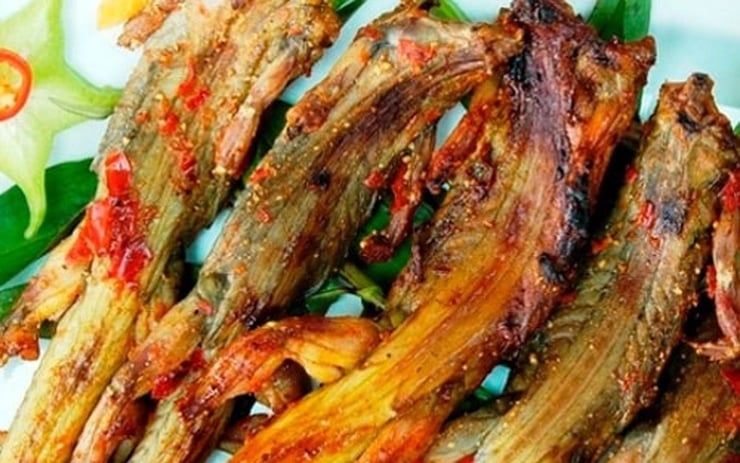
Grilled termites with salt and chili.
Crispy fried termites: Coated with a thin layer of flour and fried until golden brown, the termites meat is crispy and fatty.
Grilled termites: This is a way of cooking that retains the natural flavor of termites. The meat after being grilled has a characteristic aroma, served with salt, pepper, lemon or tamarind fish sauce to enhance the flavor.

Grilled termites
In addition, people also process termites into minced meat, make cake filling or cook porridge. Each dish brings an interesting culinary experience, highlighting the uniqueness of Western culinary culture.
In the past, termites were just a rustic dish, often appearing in ordinary meals. However, thanks to its special flavor and health benefits, termites have gradually become a high-class dish, appearing on the menus of luxury restaurants. Here, each dish made from termites can cost up to several hundred thousand dong - something that few people expected before.
Many farmers are successful from the termite farming model.
Over the years, termite farming has become a new direction, helping many households escape poverty and become rich in the Western provinces. Termites are easy to raise, with low initial investment costs but high economic efficiency. Their food is mainly insects such as crickets, cockroaches, worms, or some easy-to-find natural foods. Each year, a termite farming household can sell thousands of young animals or tons of commercial termites.
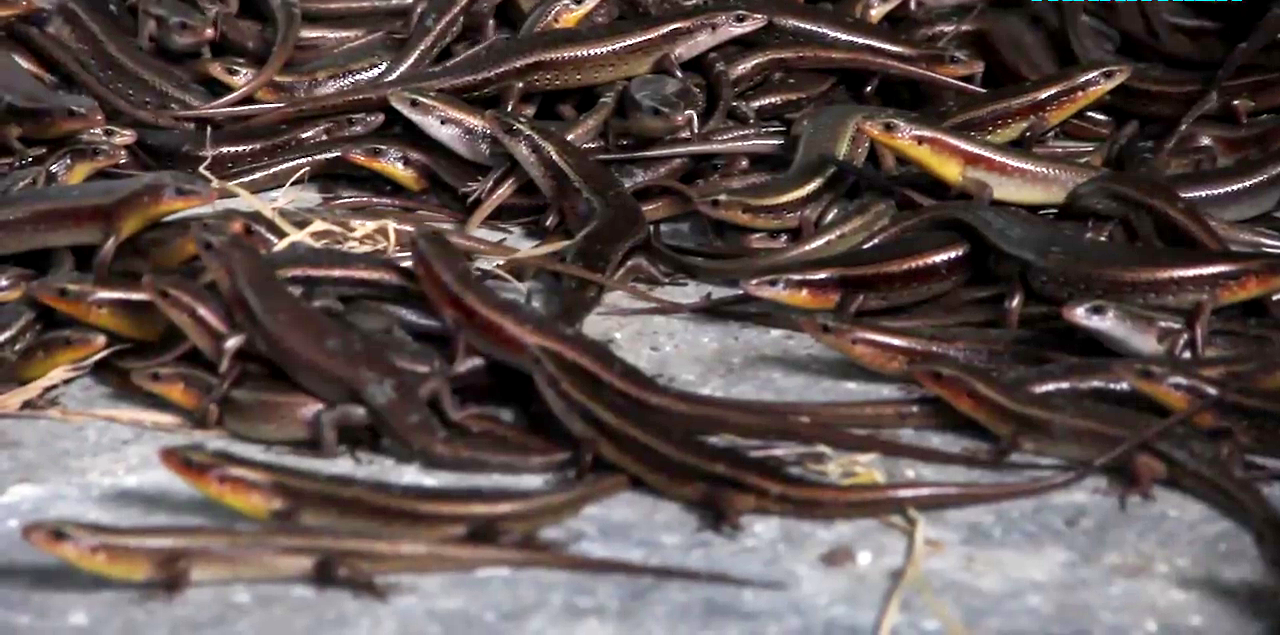
Termite farm of Mr. Doan Ngoc Linh (Long Dinh commune, Chau Thanh district, Tien Giang province). Photo: Tran Dang.
The selling price of termite snakes ranges from 15,000-30,000 VND/snake, while the price of commercial termites can reach 200,000-350,000 VND/kg depending on the time. With this price, many households can have a stable income of 15-25 million VND per month. This is a new direction with great potential for rural people.
From a familiar reptile with a strange shape, termites have become one of the unique specialties of the cuisine of the Southwest region. Not only a nutritious food source, termites also open up new economic opportunities, bringing a more stable life to many households.
The development of the termite farming industry not only helps meet the increasing consumption demand but also contributes to the protection of natural resources. It can be said that the story of the termite snake is a testament to the creativity and flexibility of the Vietnamese people in exploiting natural resources to develop the economy and preserve the national cultural identity.
Nutritional value and health benefits
According to folk experience, termite snake meat is not only delicious but also very nutritious. Termite snake meat is rich in protein, low in fat, and contains many vitamins and minerals that are good for the body.
Westerners believe that termite meat helps improve health, especially good for the elderly or malnourished children. Termite porridge is often recommended for children with rickets or the elderly who have difficulty gaining weight. In addition, termite meat is also said to help improve fatigue, strengthen the spleen and stomach, and support the digestive system.
Source: https://danviet.vn/ai-de-ran-moi-con-vat-tuong-bo-di-la-dac-san-trieu-bac-moi-ky-nguoi-mien-tay-che-mon-ngon-het-say-20250128225659197.htm


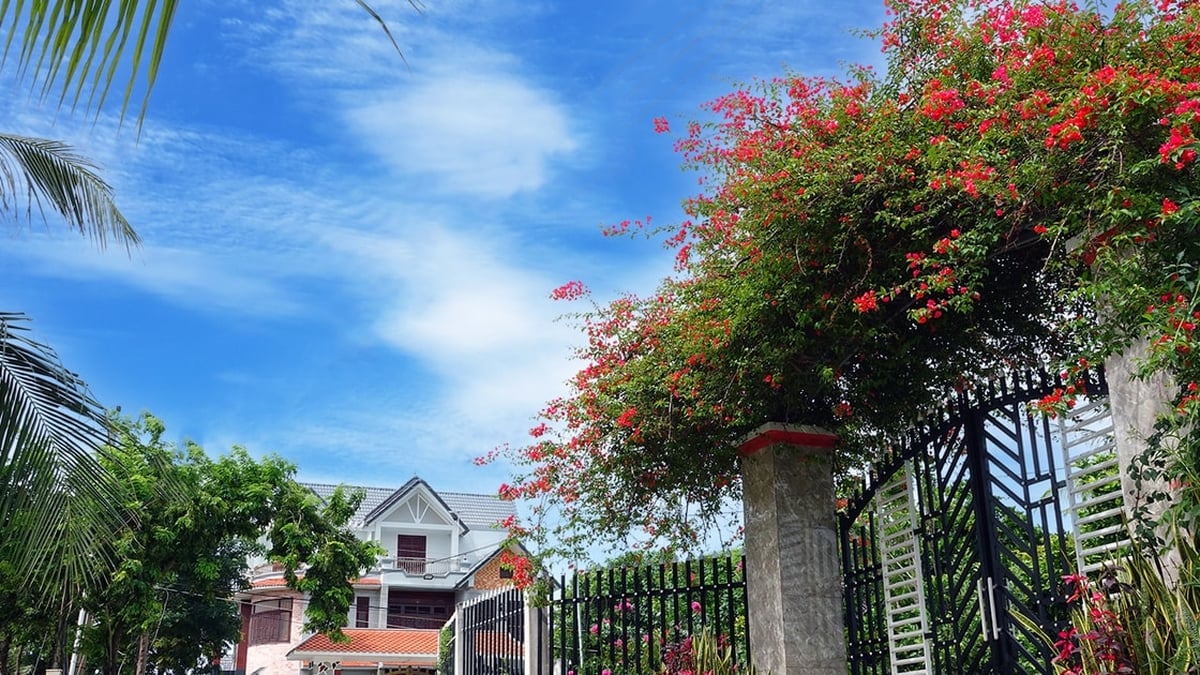



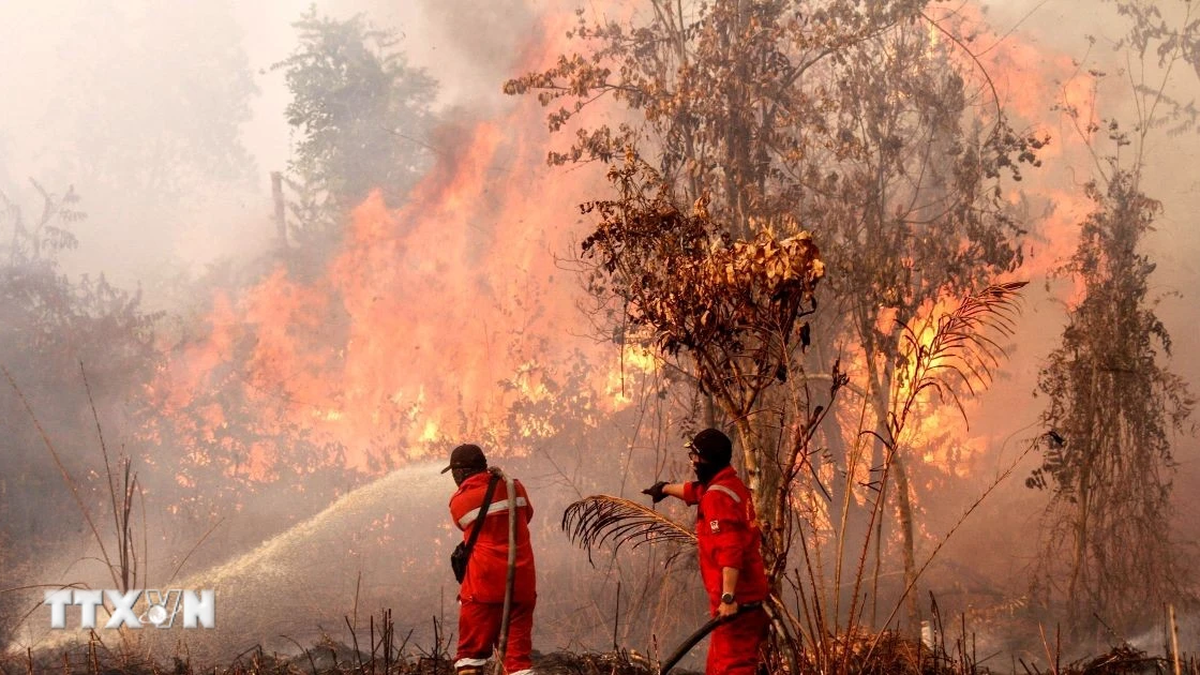















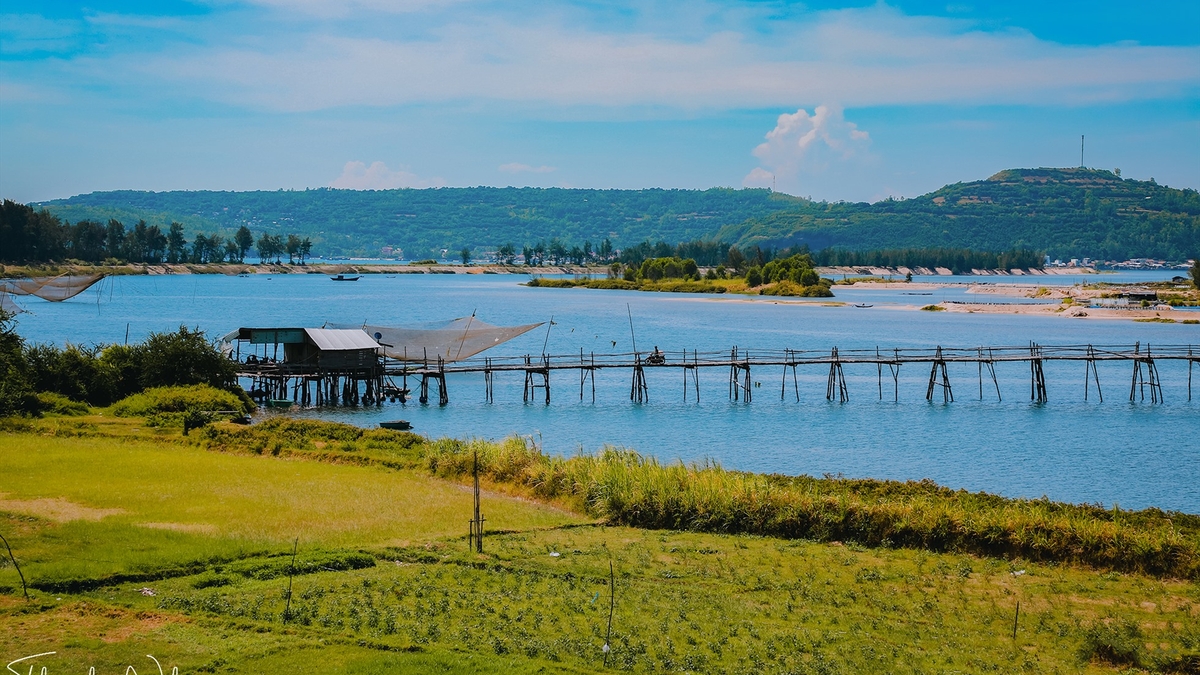




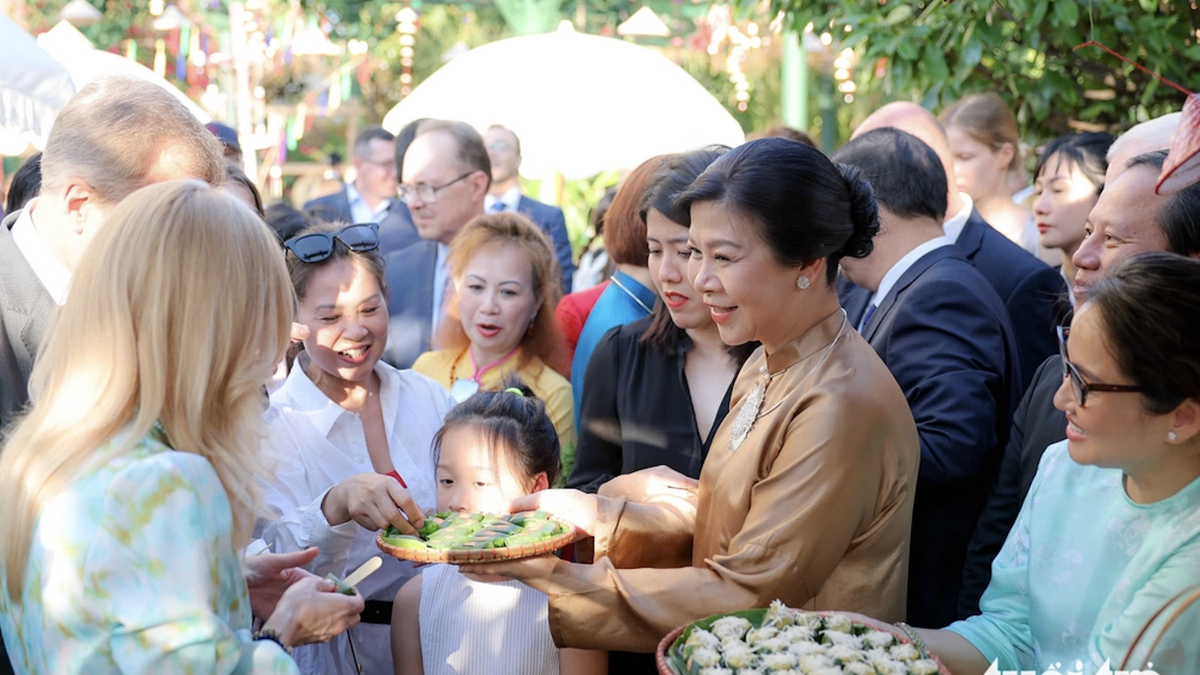

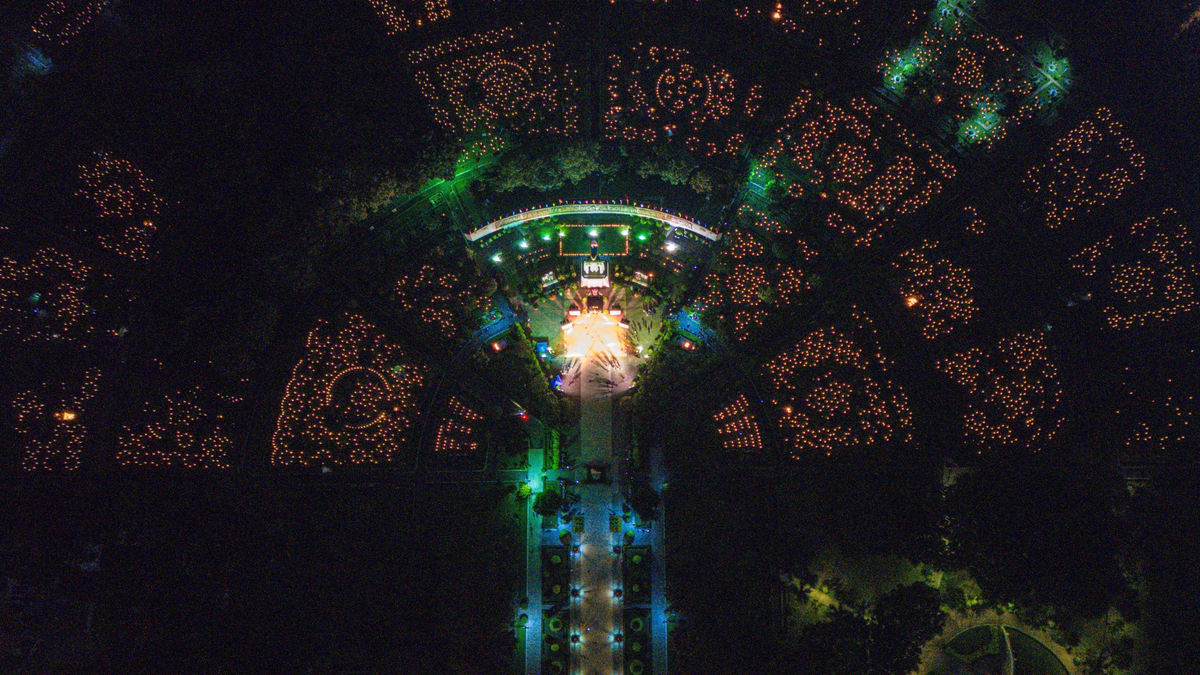
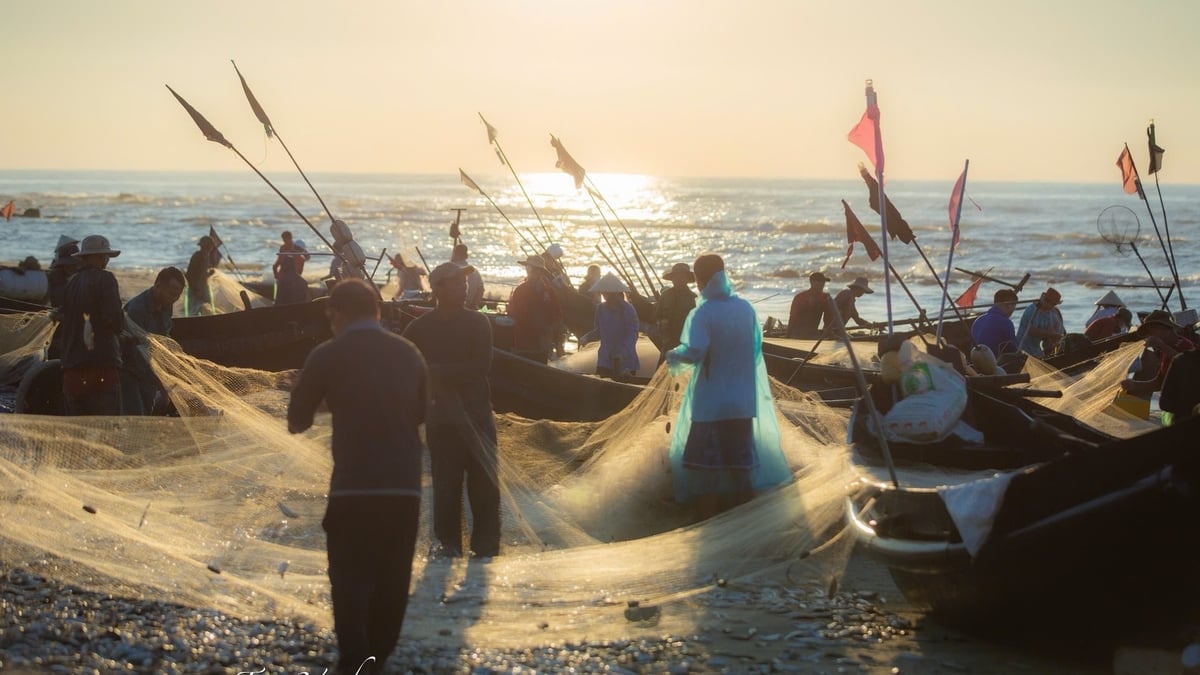

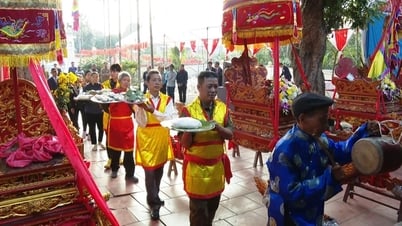


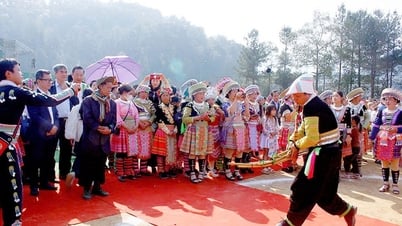



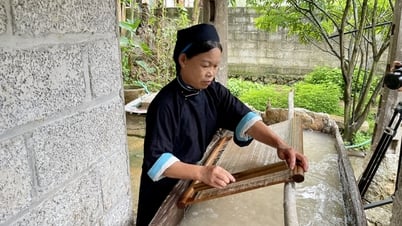







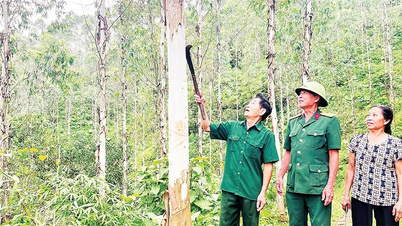











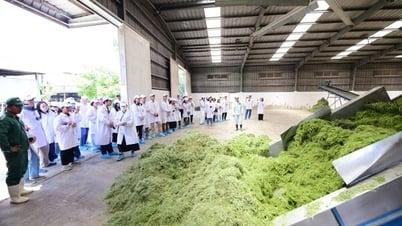






![[Photo] National Assembly Chairman Tran Thanh Man receives Chairman of Morocco-Vietnam Friendship Association](https://vphoto.vietnam.vn/thumb/402x226/vietnam/resource/IMAGE/2025/7/26/b5fb486562044db9a5e95efb6dc6a263)




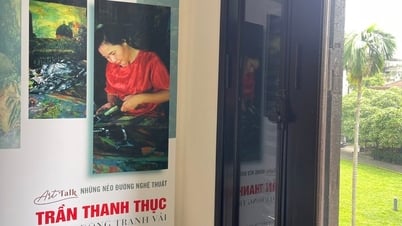




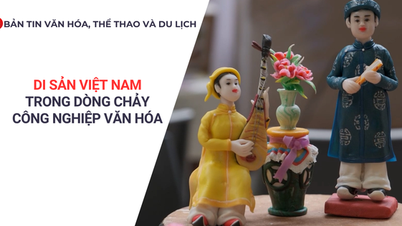


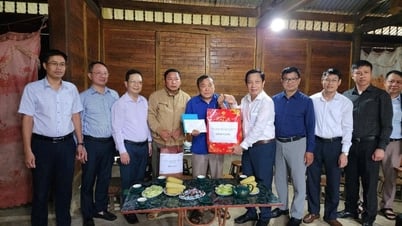













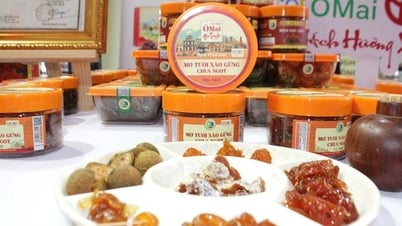

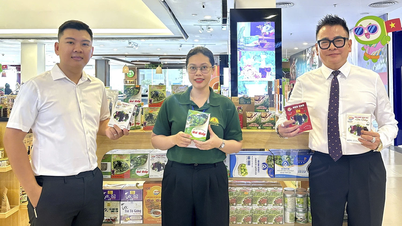





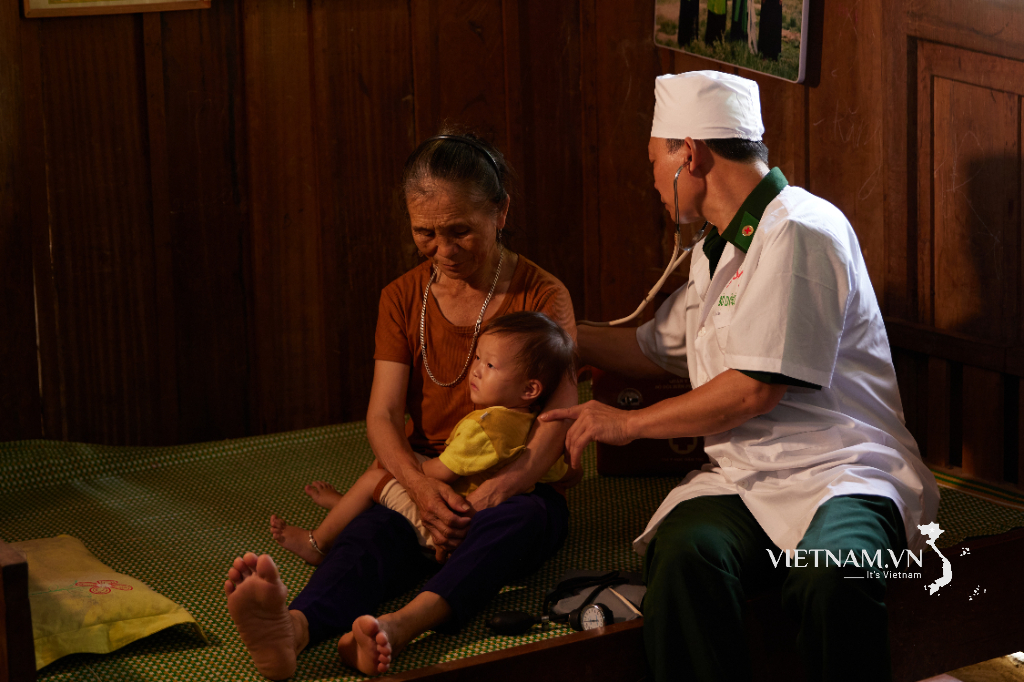


Comment (0)